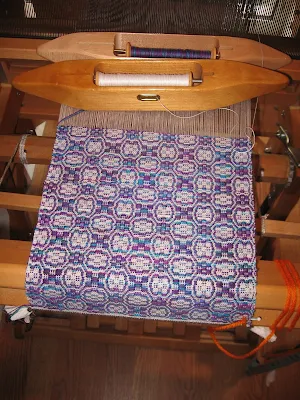Much I did not know when I picked up this book. Like there was an extinction 250 million years that made the one that wiped out the dinosaurs look like not such a big deal. That the epoch before the dinosaurs had had incredible biodiversity. Or that the mammals had been poised once before to become major league players on the field of life, but were nearly wiped out. Peter D. Ward's
Gorgon is not one of those in-depth science books with lots of graphs and charts and the sort of in-depth analysis that my darling-dear adores, and it really wasn't even that much about it's title character, but it does give one insight into how messy science has to be at times to work, and how scientific ideas evolve.
Peter D. Ward was one of the scientists who helped develop the theory that it was an asteroid that did in the dinosaurs. After the decade-long flurry of discovery and debate that lead to the acceptance of an asteroid causing the K/T extinction, Ward and scientists like him found themselves at loose ends. He wound up working South Africa, in a hostile high desert area called the Karoo, looking at rock laid in an era certainly not in his expertise, the Permian. The Permian Era was considered a bit of a drag. There were some interesting critters, but the general consensus was that not much had been going on, and it petered out. The Permian was sort of the gray area that came before the glory days when the dinosaurs reigned.
Ward uses his own struggles personally and professionally dealing with the miserable conditions of the Karoo and the steep curve of learning about the Permian after being an expert on the Cretaceous to shed light on how the scientific community struggled to come to grips with the story the Permian rocks around the world were telling. That the period when Pangaea was a super-continent had been one with a tremendous variety of life, that included a variety of proto-mammals and a group they christened the "mammal-like reptiles" because they bore traits of both groups. (The top land predator was the title creature of this book, the Gorgon, was one of these. Originally about the size of a dog, by the end of the Permian, the largest Gorgons could be 10 feet long and boasted 4" long fangs.) That all the ideas anybody had about what happened to these creatures as the Permian came to a close and Pangaea broke up were completely wrong. There was nothing gradual about any of it, there were no graceful exits. The extinctions were fast and brutal and hit on land and sea at pretty much the same time.
That is where the book gets scary and extremely relevant because what killed off 90% off all life on Earth was climate change. The Earth warmed - and apparently warmed in a hurry. Here's the kicker. It seems that when the Earth warms, decay accelerates and oceans acidify, both of which pull oxygen out of the atmosphere. The Permian atmosphere went from a bit higher in oxygen than it is now to about 10% - which is what you have at around 14,000' elevation. Nearly everything suffocated on land and sea. The proto-mammals and lizards did not have very efficient lungs, so they nearly all died out. Bird ancestors on the other hand, survived better because their breathing systems are extremely efficient; they even have air sacs in their bones to help them draw as much oxygen as possible out of the atmosphere. Once scientists knew about the bird/dinosaur connection, they looked at dinosaur bones and saw the same bone structures. So dinosaur and bird ancestors survived the Permian extinction because they could survive in low oxygen better. It took the dinosaurs being wiped out in an oxygen-rich situation for mammals to get a second chance to become an important life form again.
The real significance of the realization that an asteroid played a major role in wiping out the dinosaurs 65 million years ago is not that a chunk of interstellar rock killed off a large portion of life on Earth. It lies in the realization that great extinction events can happen quickly, that the idea great changes happen slowly, in "geologic time" is false, that major biologic changes can happen with devastating speed. In many ways,
Gorgon is about what happens once we have crossed that intellectual Rubicon.









